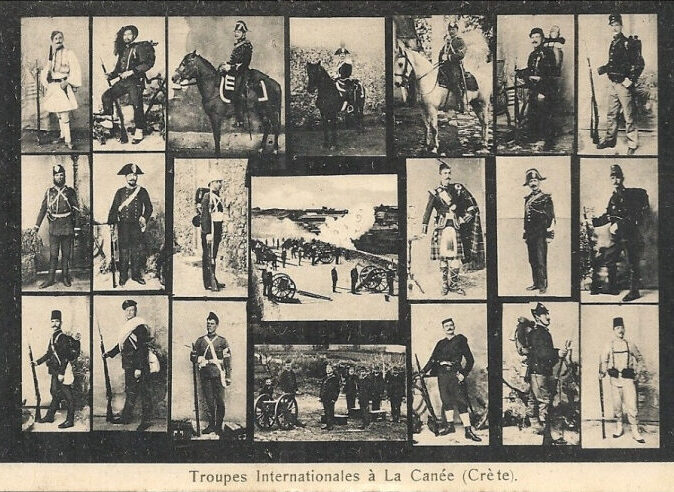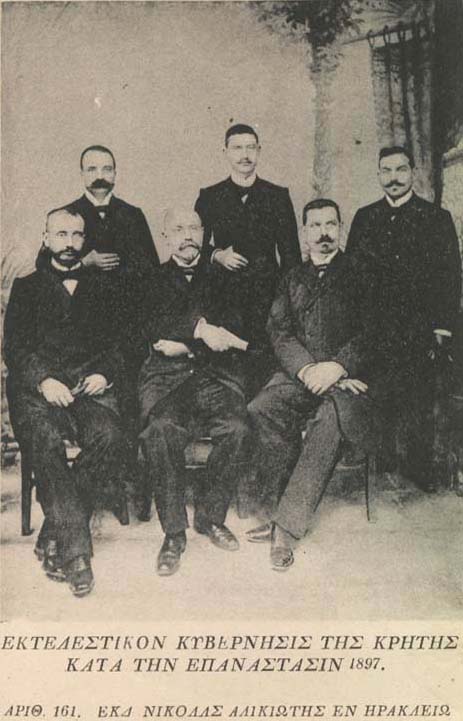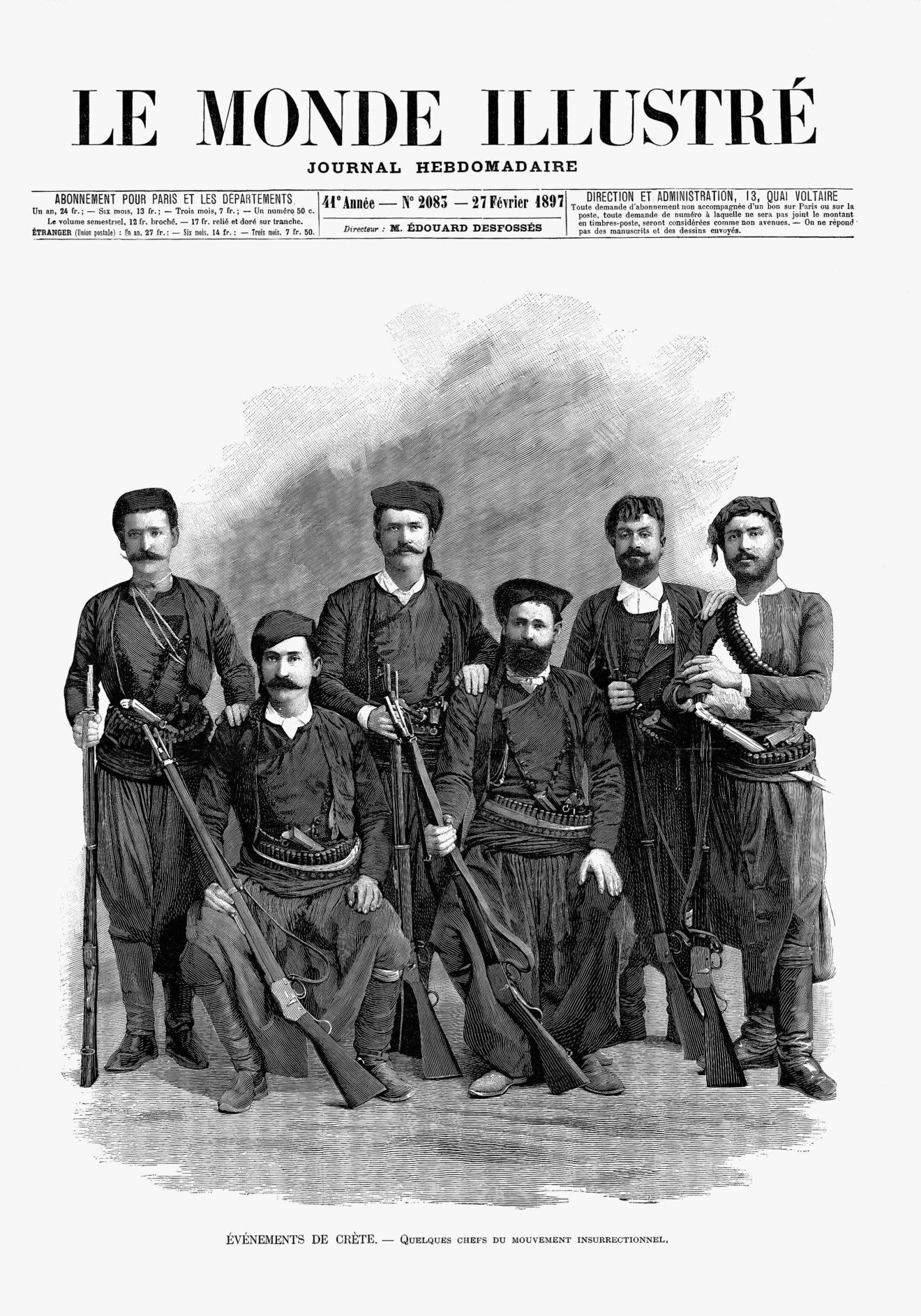Grown Up
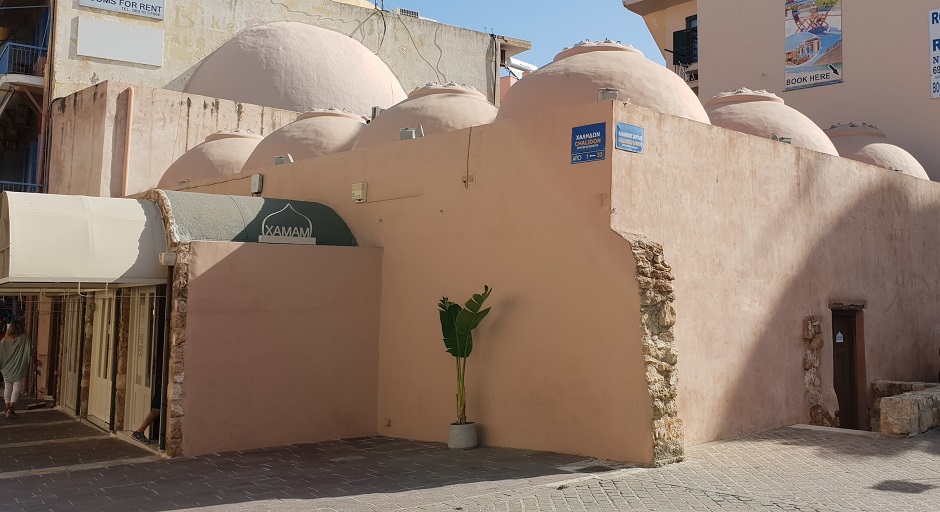
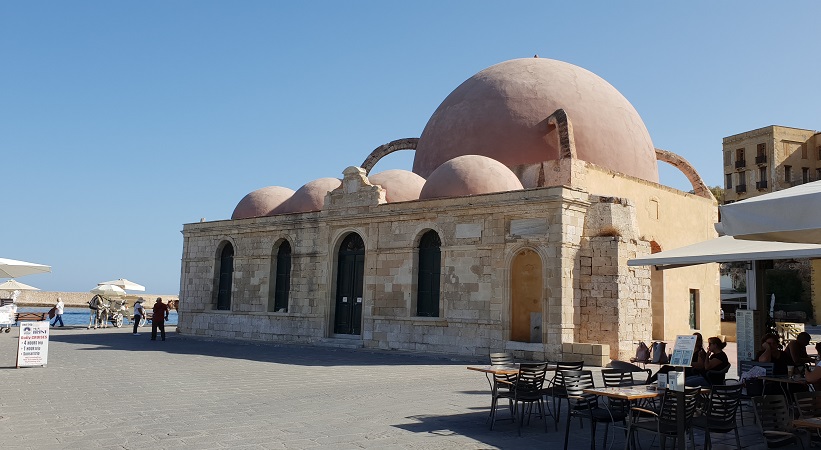
The Ottoman rulers converted the Old Catholic and Orthodox churches of Chania into Mosques & in the same time, in an effort to please the local population, they re-established the seat of the ancient Orthodox Bishop of Kydonia that had been abolished by the Venetians. A series of public baths are built throughout the city, public water fountains and hospitals, barracks & new imposing Mosques like the Yali Tzami are erected. The temple of monastery of the Dominicans built by the Venetians on the Splanzia square of Chania in 1320 is converted into the Chiougkar Tzamisi meaning the Mosque of the Prince. At its southwestern part one of the two surviving minarets is constructed, the tallest and most impressive of the city. It reached a height of 40 meters, it had two balconies and bore a conical metal roof covered with lead sheets.The Chiougkar Tzamisi was the main mosque of the city, with the neighbourhood of Splantzia square being the turkish quarter, reference center and place for all sorts of social or political events in the city. The sword of the Turkish Dervish, who had first entered into the city and was considered sacred and miraculous for Muslims was kept in this mosque.
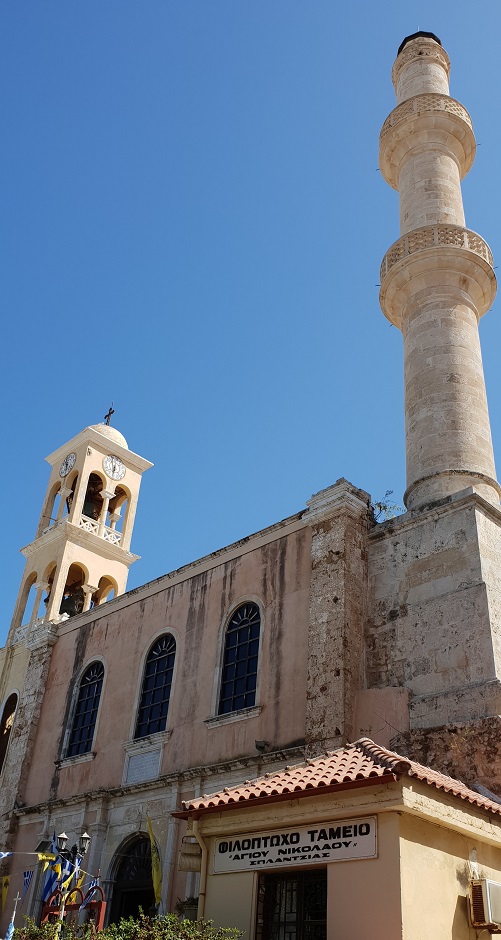

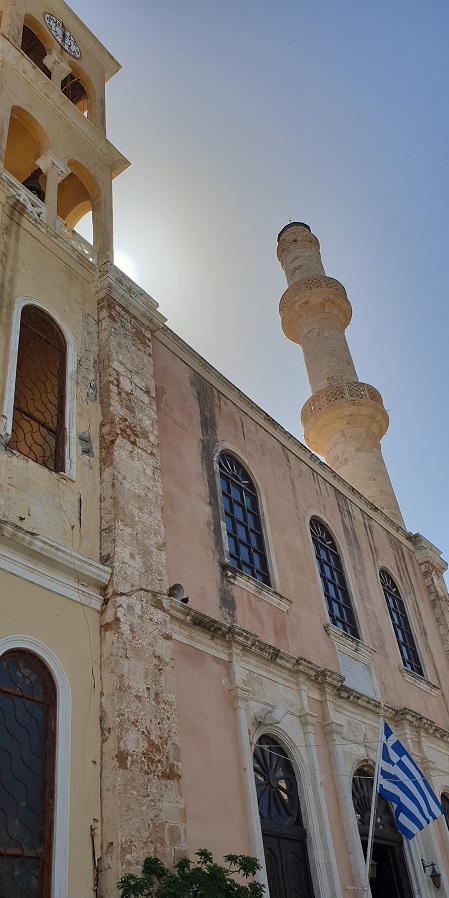
The Turkish occupation would change the sociopolitical conditions dramatically in the city of Chania. Wealthy Muslim families became the new upper class and feudal lords in the place of Venetian and Creto-Venetians, meaning the people who had a Venetian origin but had become completely assimilated to the Greek culture and some of them didn’t even speak Latin. Chania became the seat of the Turkish Pasha of Crete.The Ottoman society was structured with religion as its prime feature. Many natives left with the Latin for Venice, regarded by most Greeks after the fall of their empire as the successor of Constantinople. Others left for the Ionian Islands, Mani even Corsica where a form of Cretan dialect can still be heard today. Many others chose to convert to Islam in order to avoid the head-tax to all the non-Muslim or in the hope to be better adjusted to the new reality on the island and maybe increase their social mobility. The ones who stayed behind and never quit their religion they also never quit the struggle for freedom with many uprisings against the Ottoman rulers starting from Chania.
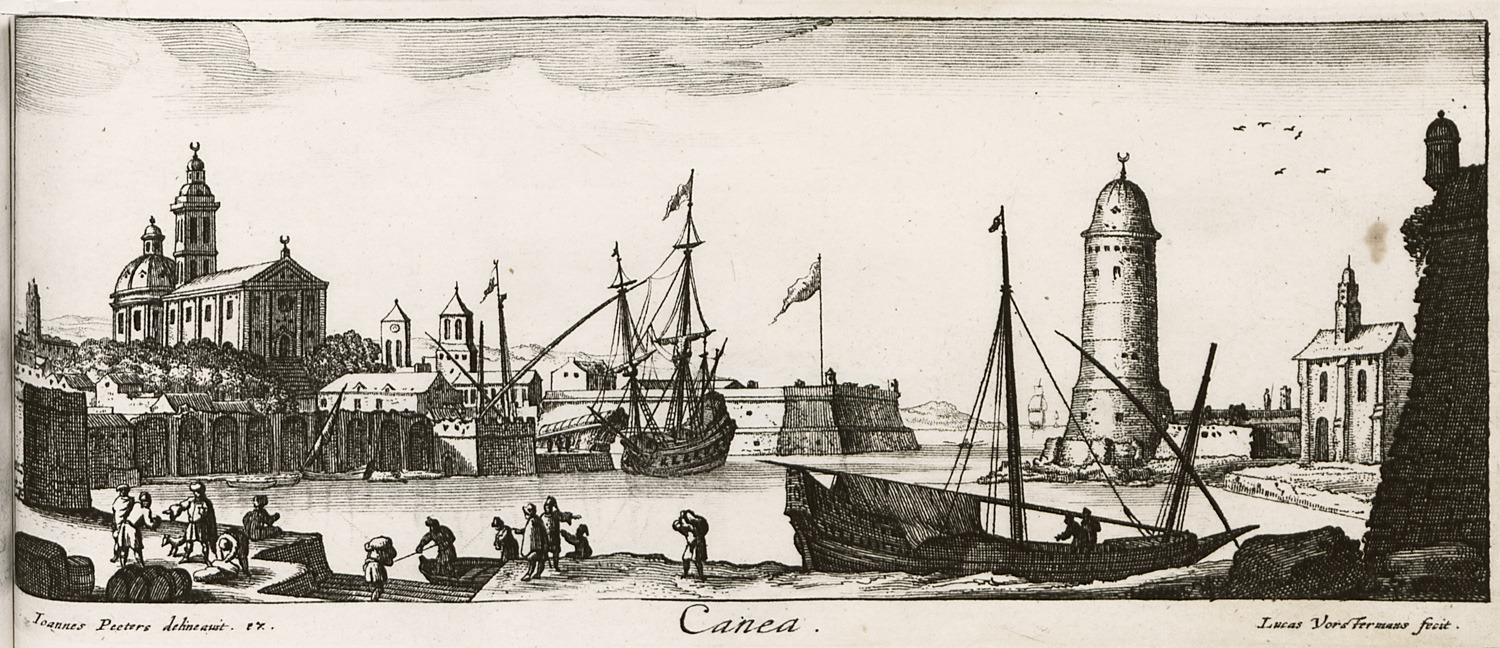
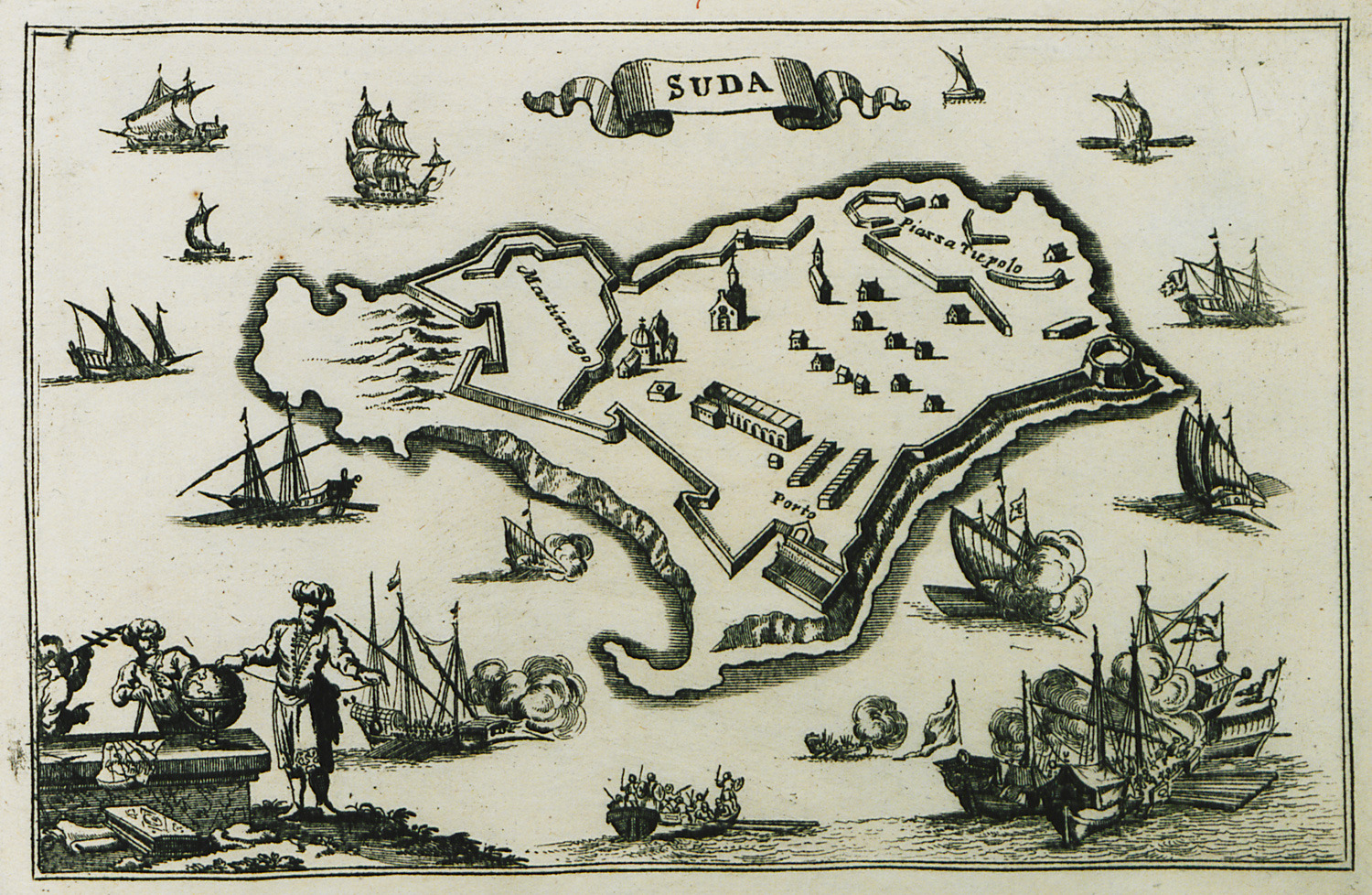
Sfakia on the south coast of Chania was the only territory of Crete that managed to remain independent with a payment of a symbolic tax to the Turks, becoming a refuge for insurgents & persecuted Cretans. A clear indication of the overall situation in the coastal areas is the population of Sfakia at the time. During the Venetian era the population in the mountainous region was not more than 2,500 as is today. In the Ottoman era the population had catapulted to 11,000. The main reason was the extent of daily transgressions of the Muslim population that in some cases led whole Christian village along with their priest to convert to Islam. By 1770 Sfakia, a barren steep rock on the Southern coast had prospered to a point of having its own fleet. Among the prosperous traders with four ships in his possession was a former teacher in Sfakia known as Daskoloyiannis (Daskalos=teahcer in Greek). When the Orlov revolt broke out in Greece spurred by Catherine the Great of Russia, Daskaloyiannis descended from the mountains with 2,000 strong and started winning some battles. In the end the unwillingness of most people of the plain to go into battle and the numerical superiority of the Muslim led to the surrender & awful torture of the Greek captain. The Russian support he had anticipated had never come.
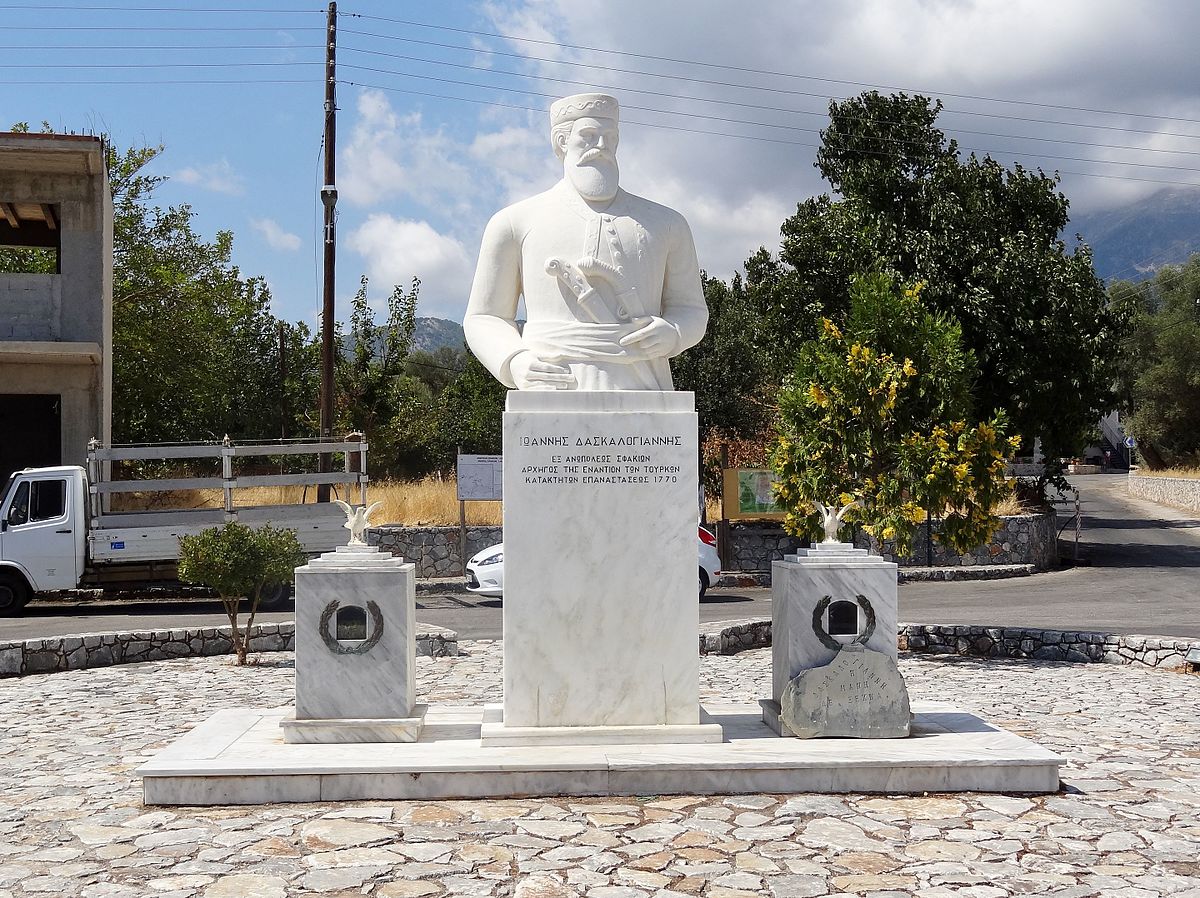
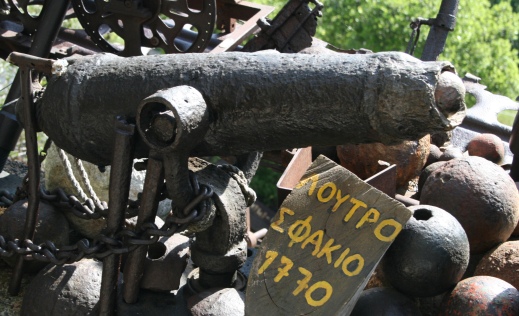
In the battles that took place the fighters from Sfakia left behind them a great number of dead Turks inspiring new insurgents to fight for their freedom & giving their fellow landsmen from the mountainous region on the South of Chania the reputation of a fierce warrior that would accompany them for years to come.

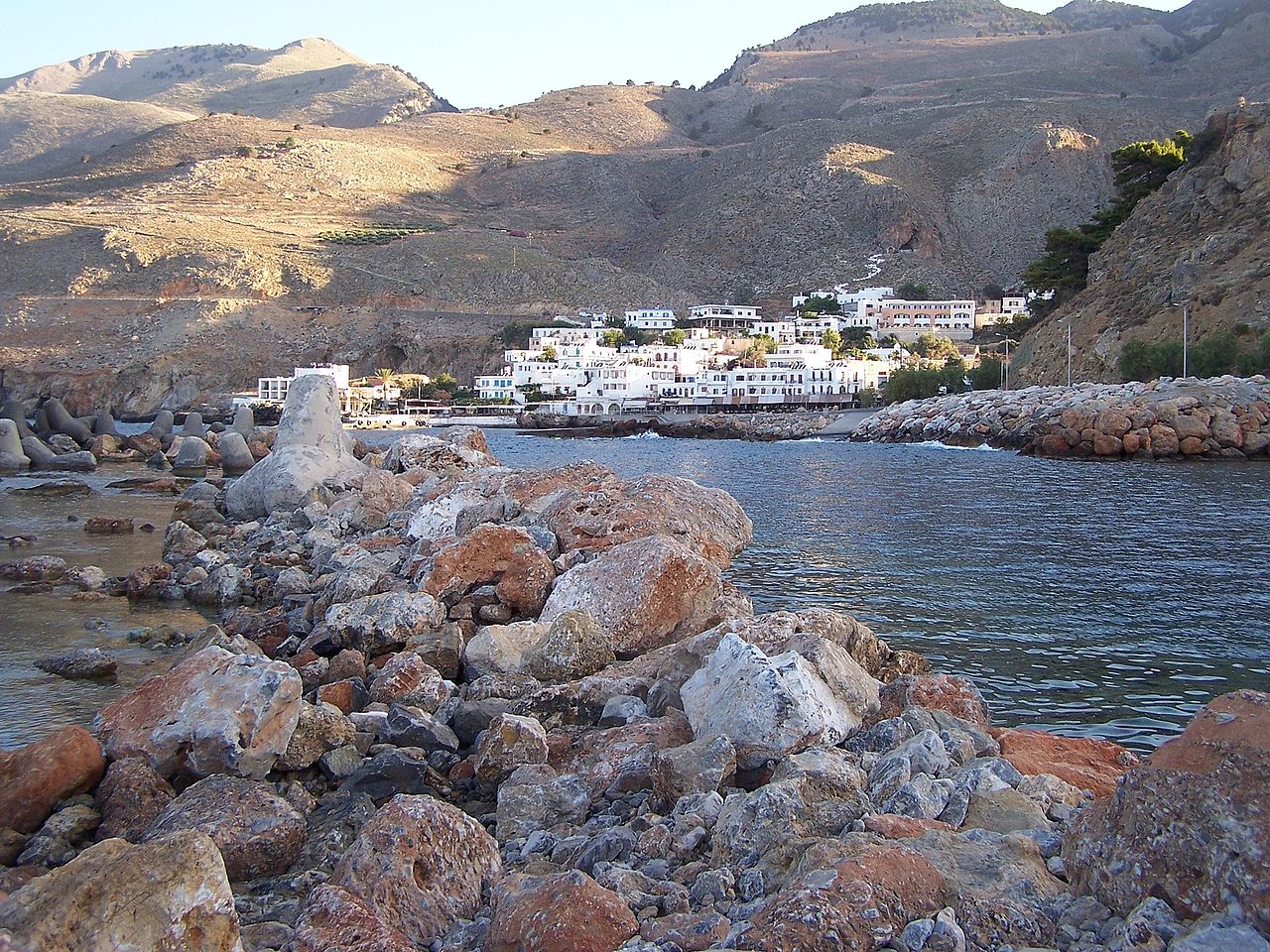
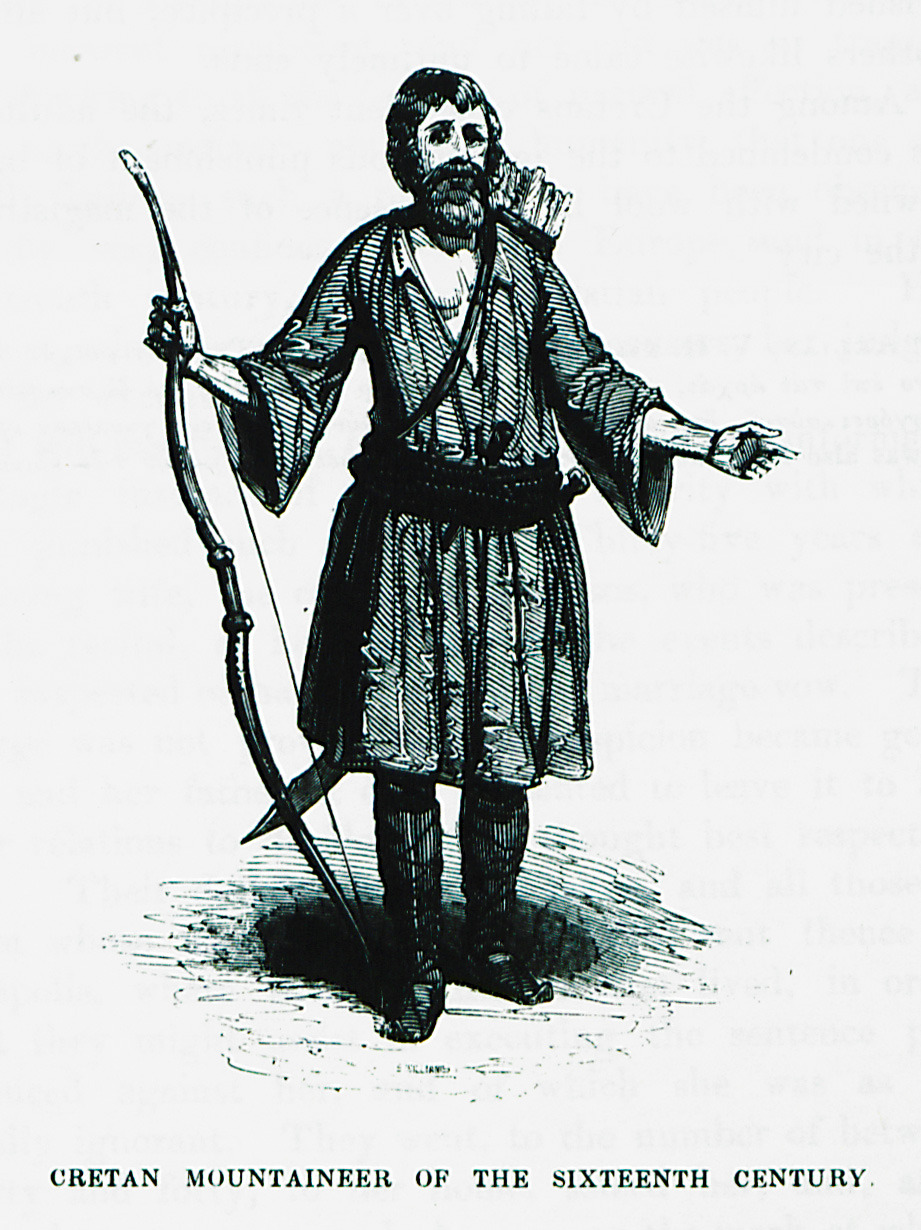
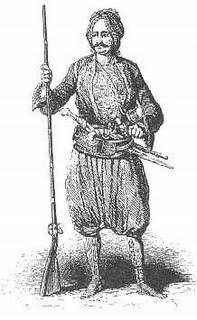
In 1821, the Greeks rose up against the Ottoman Empire. The conflicts between Greeks & Turks in Chania and the rest of the Cretan cities were brutal with bloody massacres from both sides and Muslims being driven into the fortified cities of the northern coast. Muhammad Ali Pasha, the powerful Albanian-Ottoman who ruled Egypt from 1805, was summoned by Sultan Mahmud II to restore order. After being appointed governor of the island Muhammad Ali reaches the port of Suda on 28 May 1822. The Turkish-Egyptian army was almost three times the size of the Greeks and was better equipped. By 1824 the revolt was contained with many Greeks fleeing to the mountains once more.

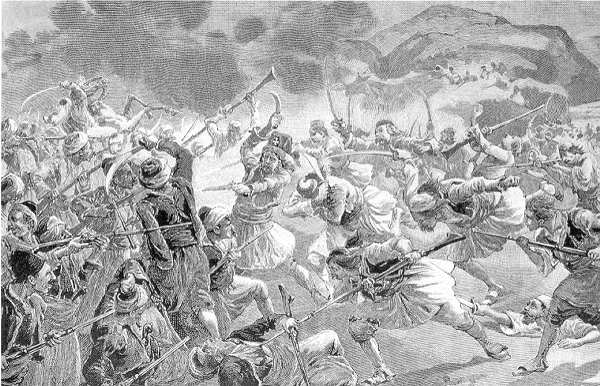

In the autumn of 1824 a fleet of 60 Egyptian warships carrying a force of 17,000 disciplined troops gathered in Souda Bay of Chania, on their way to crush the Greek Revolution in the Peloponnese. The Egyptian navy was sunk by the Europeans on October 1827 at the Battle of Navarino but Crete remained an Egyptian province controlled by Muhammad Ali until 1840 when it returned to direct Ottoman rule. By then as many as 60% of the Muslim population had died from famine, plague or in battle, while the Christians had lost around 21% of theirs.
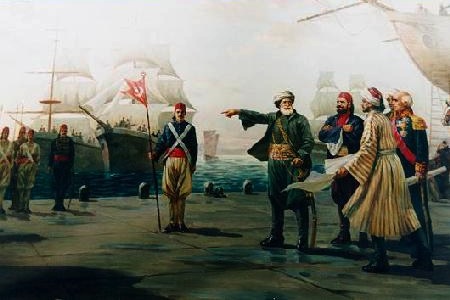

It was at that bleak period of Egyptian rule that the modern symbol of the city, the iconic lighthouse of the old harbor, was reconstructed at the edge of the breakwater. It would take the place of an older one constructed by the Venetians at the end of the 16th century.

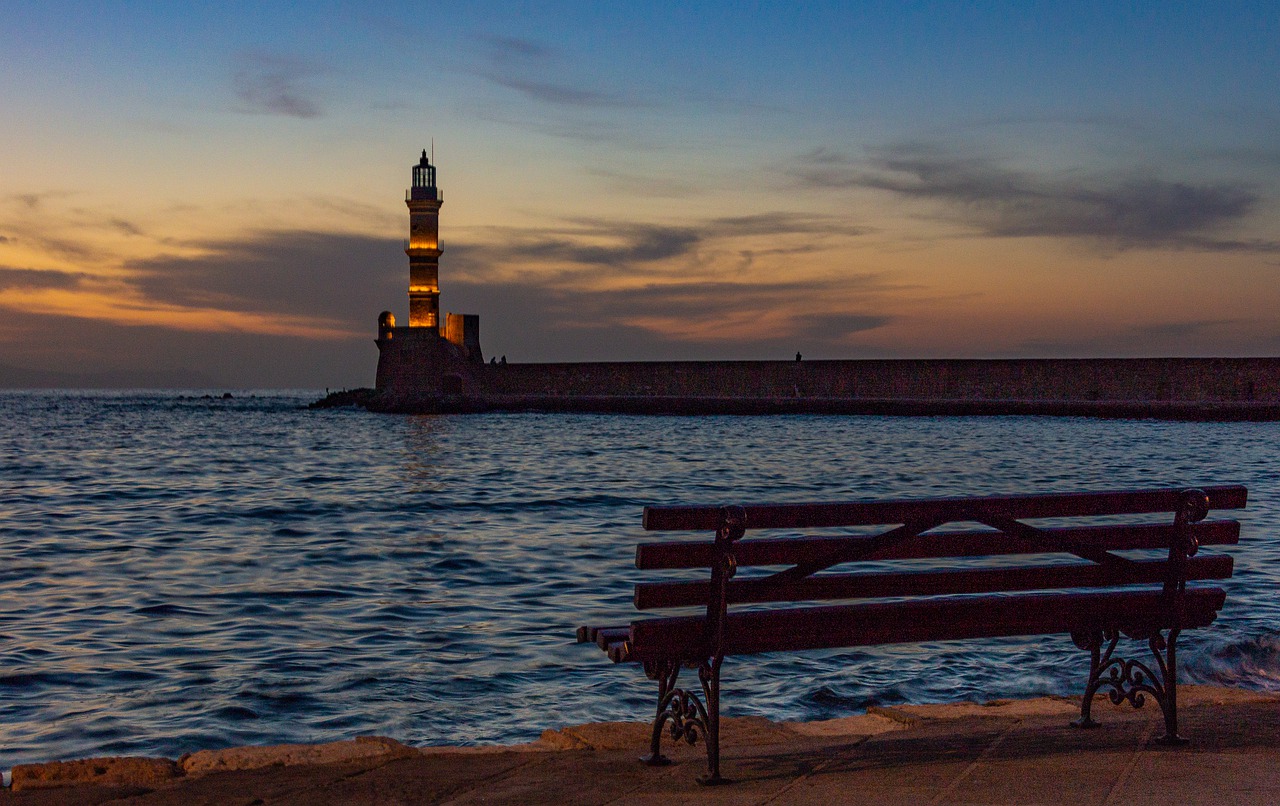
Despite the series of concessions that the Greek Cretans had managed to secure through their constant and bloody uprisings by the year 1860, their main goal, which was complete independence and union with mother Greece had not been achieved.
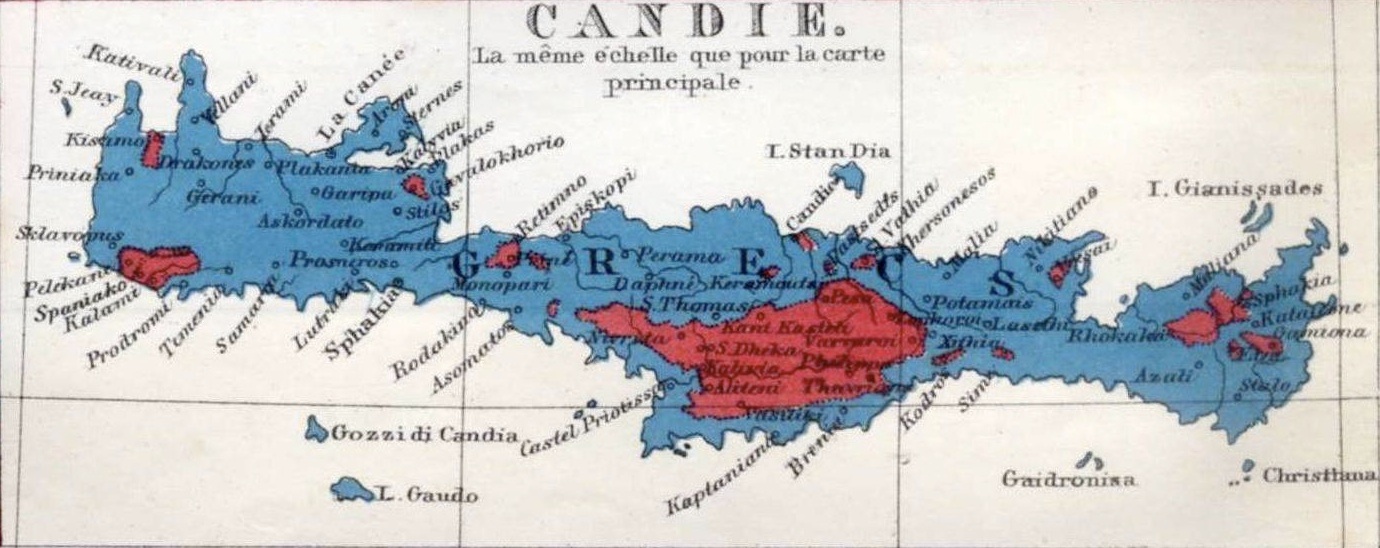
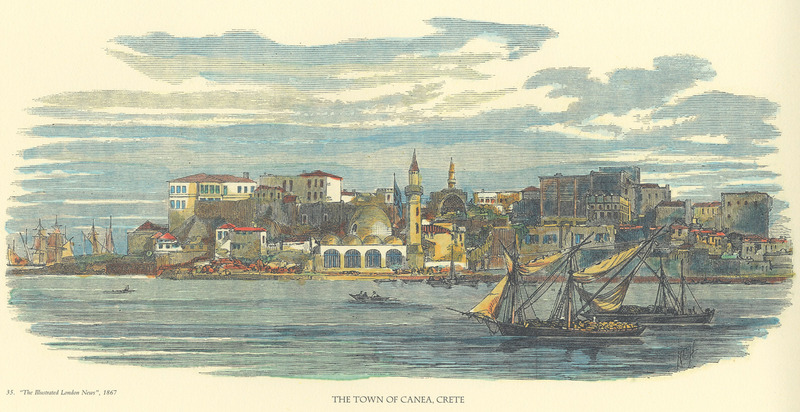
In the spring of 1866 new tension broke out with the Christian Cretans gaining control of most of the hinterland and the Muslims retreating in the fortified towns of the north coast again. At that time Chania served as the informal capital of the island with the consulates of all Great Powers as well as Greece concentrated on the seaside suburb of Halepa.
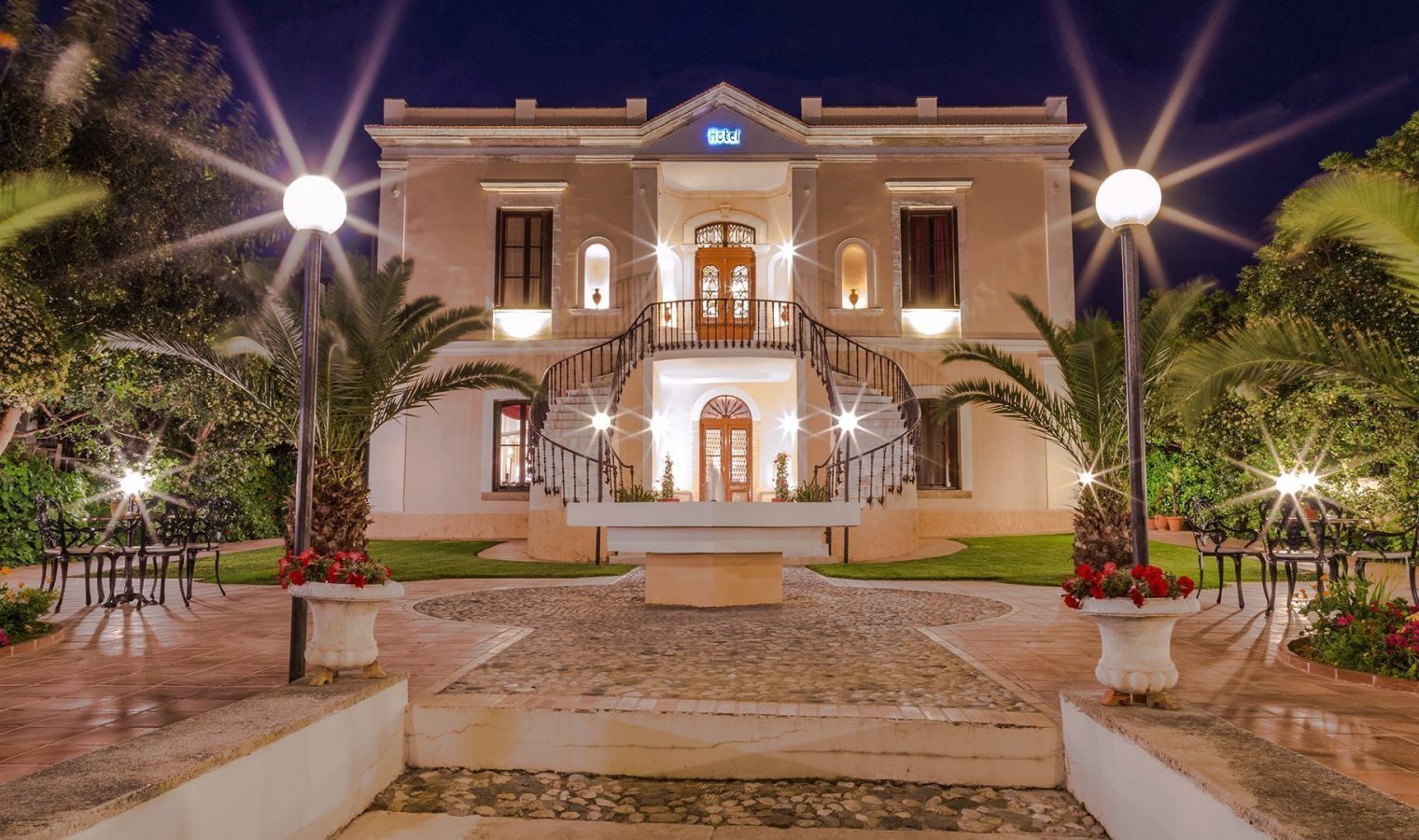
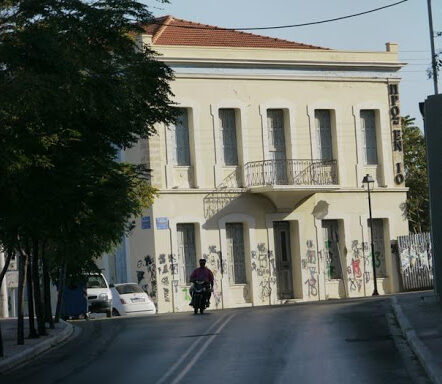
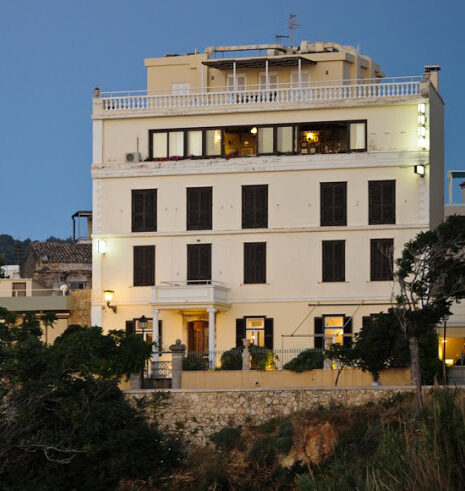
On May of 1866 the first pan-Cretan assembly was held in Aghia Kyriaki monastery 12km south of Chania where 99 representatives were elected and a petition describing the systematic injustices suffered by the Christian population was signed and sent to the Sultan and the consuls of the big powers in Chania.
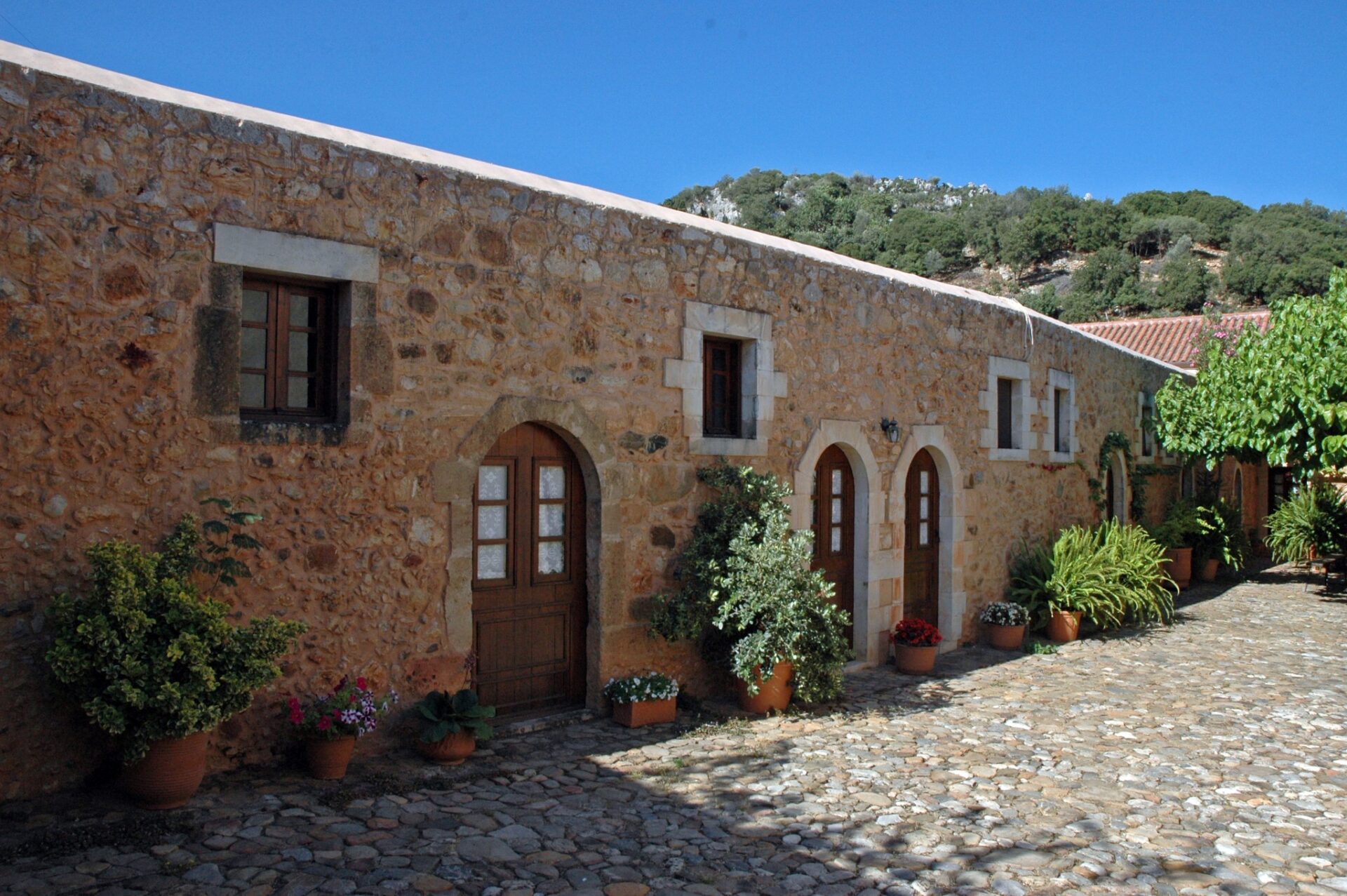
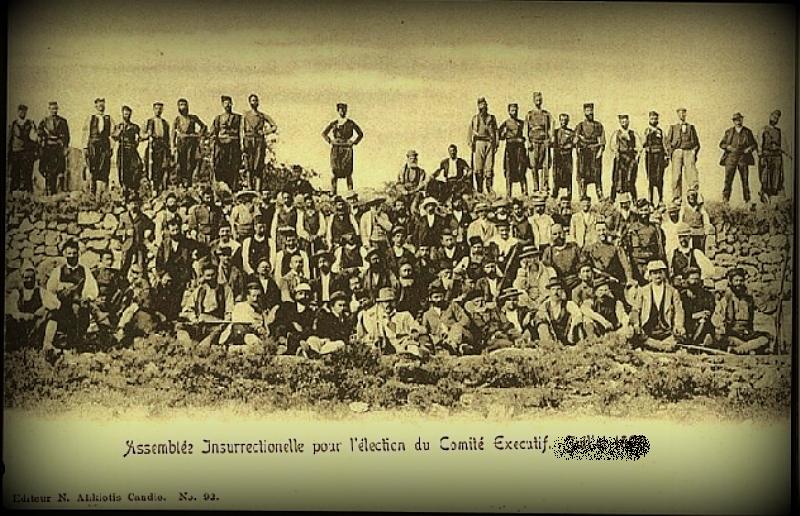
Sultan Abdulaziz answered by sending 4.500 more troops to Mustafa Naili Pasha, governor of the island at the time. The great bulk of the Ottoman army was stationed in Apokoronas, the county between the cities of Chania and Rethymno. On August 17 1866 the first skirmish between Turks and Greeks takes place in the county of Kandanos, a mountainous region close to the southern coast of Chania.
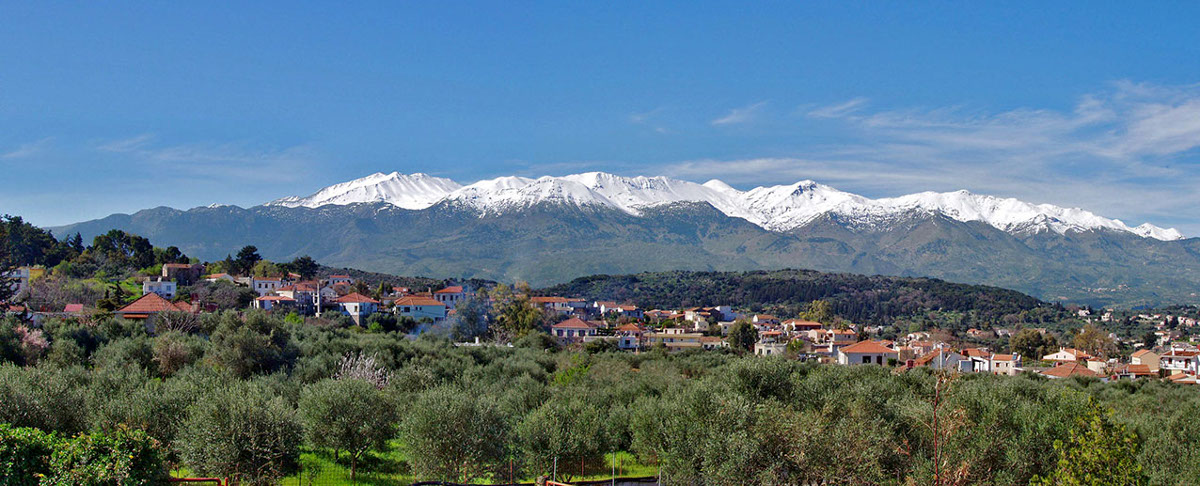

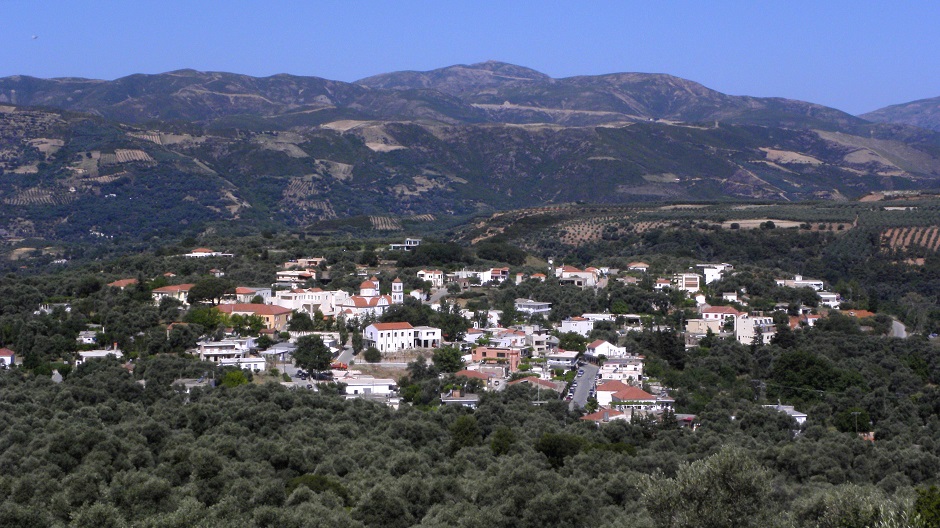
On August of 1866 21, the general assembly of Cretans from the mountains of Askyfou (Sfakia) called the people of the island to a general and armed uprising against the Turks, according to the oath given by the Greeks in 1821. Their banner, a white cross on a blue flag with the writing “UNION OR DEATH”.
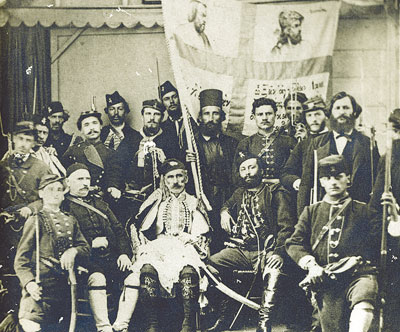

In the first battles of August 1866 in Vamos and Vrysses the Greek Cretans managed to come out victorious and cost the Turkish army more than 2.000 soldiers who died in the battlefield. Very soon however the overwhelming numerical difference between the numbers of organised and better equipped Ottoman soldiers and the rebels led to defeats first in Kandanos and then Vafes (Apokoronas).
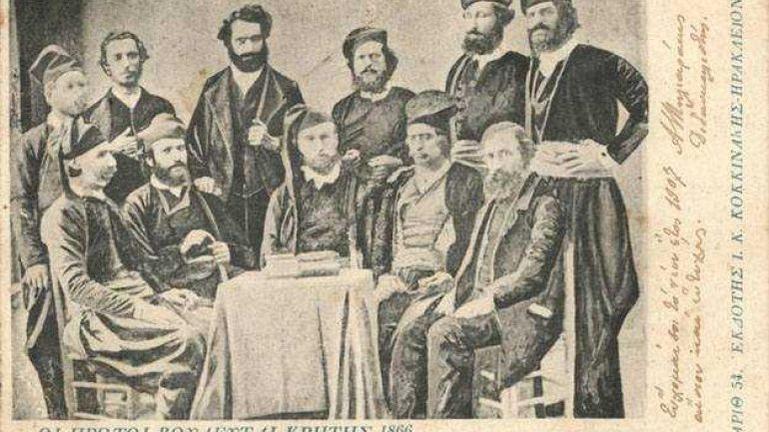
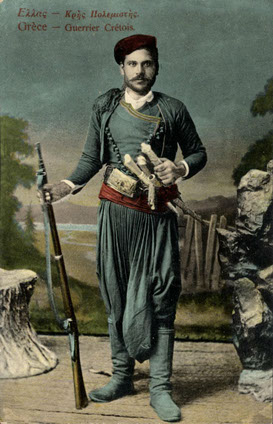
On November of 1866 Mustafa Pasha with 15.000 strong left Chania for Rethymno and the Monastery of Arkadi, where about 250 armed rebels and more than 700 children and women from the surrounding area had found refuge. The Holocaust of Arkadi that followed provoked a worldwide indignation with prominent figures of the time like Victor Hugo praising the will of the Cretan people for freedom. By 1869 despite all the blood and sacrifices the Ottomans had managed to take back the control of the whole island, with the Greek Cretans gaining the control of the local administrations as a minimum concession for their political cooperation. Before the passing of a decade the island was again under revolutionary fever. Three revolutionary committees one in Chania, one in the village of Vamos (Apokoronas) and one in Rethymno were founded in 1877 while by January 1878 the whole island had joined in.
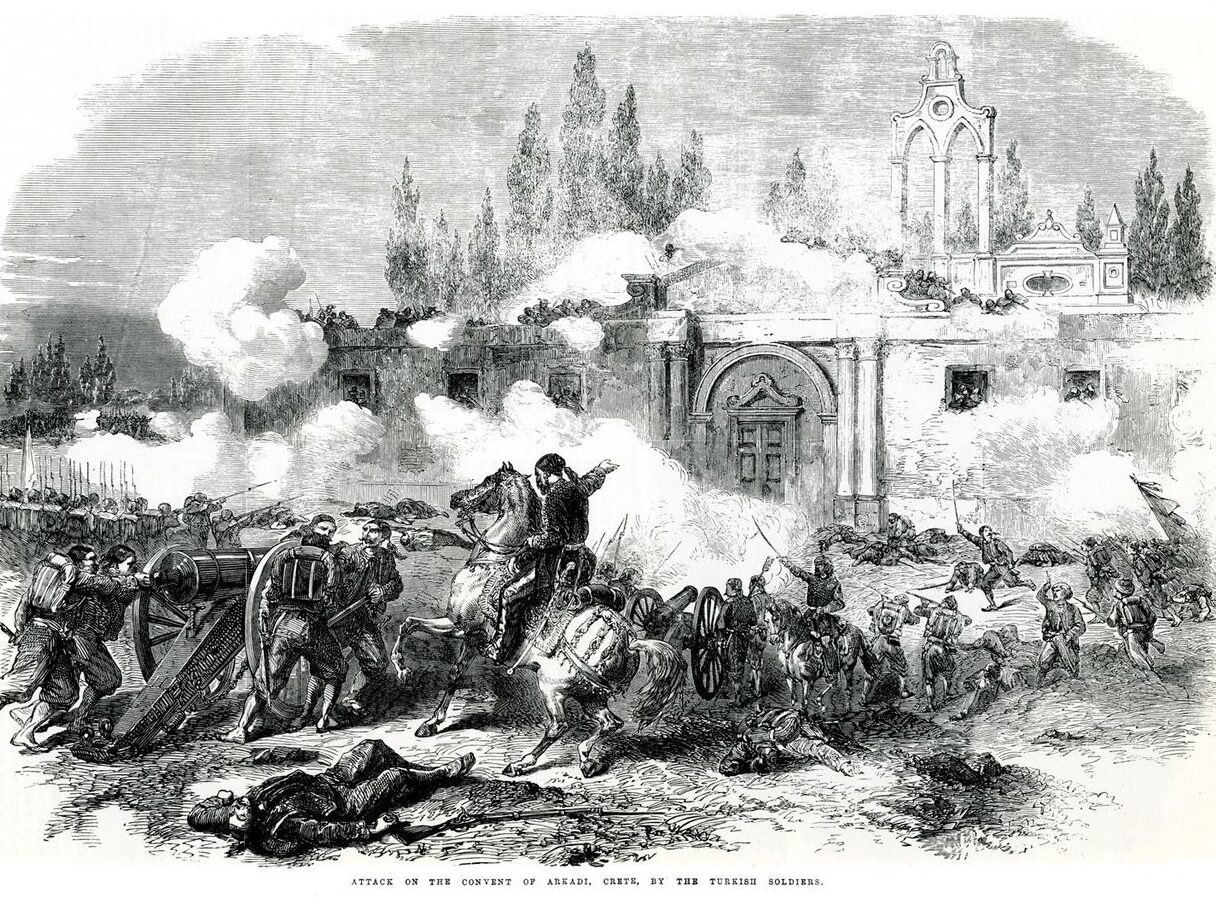

The Pact of Halepa that was signed on 15 October 1878 at the house of Kostis Mitsotakis, Professor of Law in the University of Athens, journalist and political activist in the city of Chania since 1872, recognized Crete as an autonomous to a great extent state of the Ottoman Empire, accepted Greek as the official language in law courts and public services, granted a series of tax reductions, predicted the establishment of a Cretan gendarmerie that would be manned by natives and formally accepted the right of the populace to carry arms. (the tradition of carrying arms is still very much alive in the island’s hinterland). Kostis Mitsotaakis became the founder of the political family bearing his name, grandfather of Prime Minister Konstantinos Mitsotakis and great grandfather of Prime Minister Kyriakos Mitsotakis. He was also the husband of Eleftherios Venizelos‘ sister and the reason Venizelos became a politician.
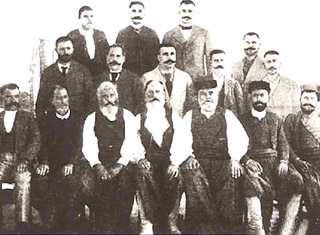
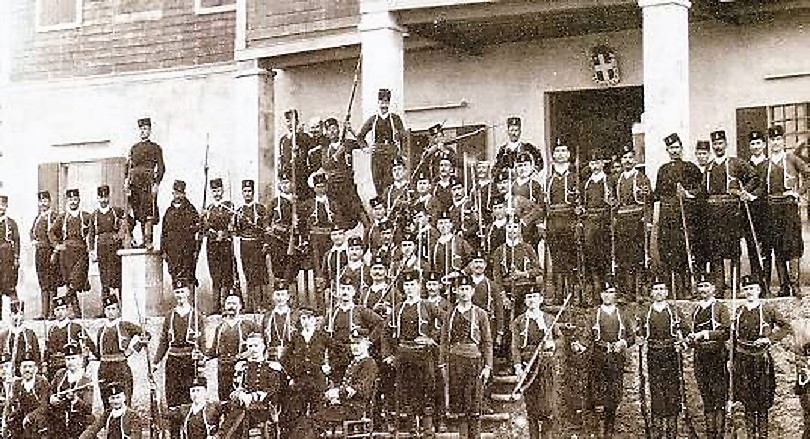

In the decade that followed the Pact was trampled by the Turks in several occasions leading to a new round of insurrections after 1889. It was on that year that the 25 years old promising lawyer named Eleftherios Venizelos, a person who would change the route of Greek history for ever, first entered the political arena. Prompted by his brother in law, Kostis Mitsotakis, founder of the Barefoot Party (Liberals) who had just left politics to serve as an appellate judge, Venizelos stepped up to take his place.
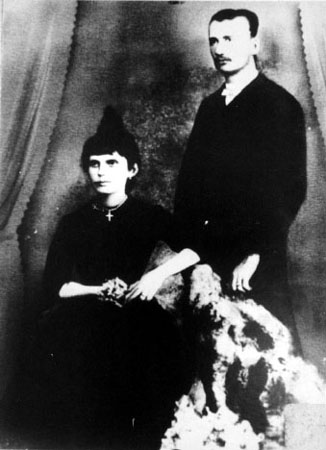

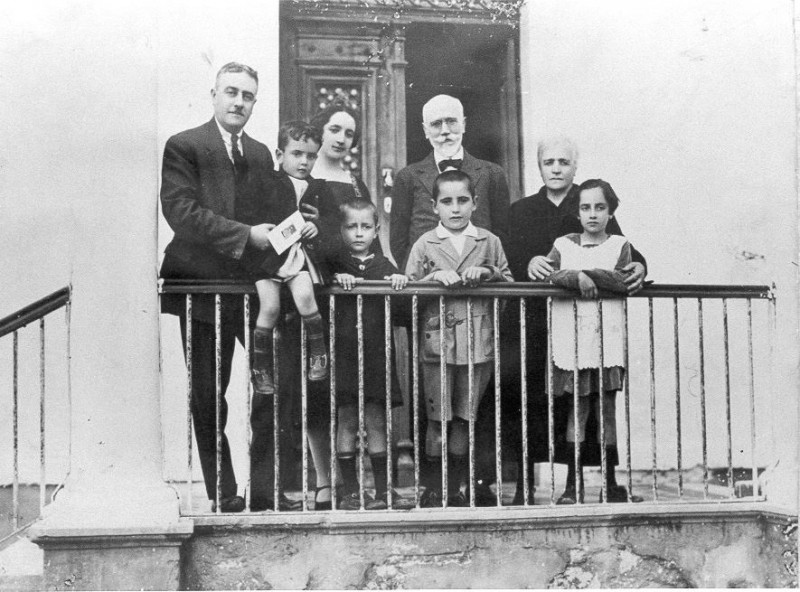
Venizelos’ election coincided with the first victory for the party of the Liberals who had previously been completely excluded from the administration. The victory was came as shock to the opposing party of conservatives(Caravanades). In order to put the new majority into a tough spot, just a few days after the elections of April 1889, the conservatives bring a vote that declares the need for an immediate union with Greece. Although Venizelos had argued with absolute clarity about the need for union with Greece from the time of his university years (the British Liberal politician Joseph Chamberlain had given an interview to an English newspapers that Cretans wanted independence but not Union with Greece. Venizelos leaded the committee of Cretan students that met with Chamberlain in Athens to express their objections), he and his party considered the timing of such a new declaration not favorable for the cause.
They were proved right. The Ottoman Sultan Abdul Hamid II revoked all privileges given to the Cretans, a new body of 200, recruited in Turkish occupied Macedonia police officers, landed on the island, martial law was imposed, many Christians were slaughtered & many churches were burned to the ground. The disorientating cries of the populists (mainly conservatives at the time) targeting Venizelos as a traitor who should be put on trial for his unwillingness to support the claim of union, were practically nullified by the Ottoman reaction.


Venizelos along with several other liberal MP’s flee to Athens until things cool off but he returns a few months later to get married with his the great love of his life, Maria Katelouzou. They move in Venizelos’ family house in Halepa where they have their two children. The second, Sofoklis, would cost Maria her life and plunge Venizelos into deep grief.

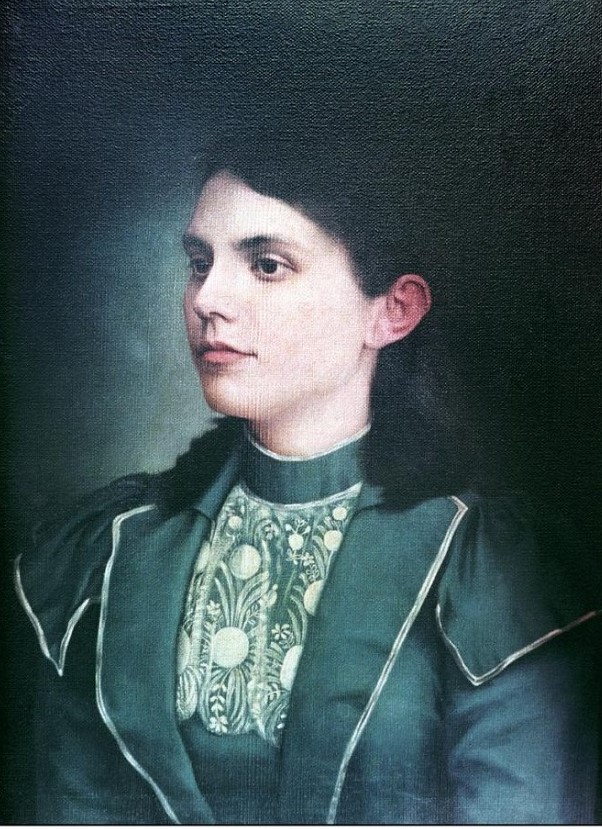
A few months after Venizelos’ wife death, in September 1895, a group of educated young Cretans who had formed a secret society in the form of the Greek Filiki Eteria, would set in motion a new liberating movement this time from the village of Alikampos (Apokoronas). By the spring of 1896 the Ottomans had lost the military control of the island but in the city of Chania Muslims were still the majority. The Christian population suffered extensive looting and repeated massacres that went on until the beginning of 1897, when many Christian shops, municipal offices, even the Christian bishop’s house were set on fire.
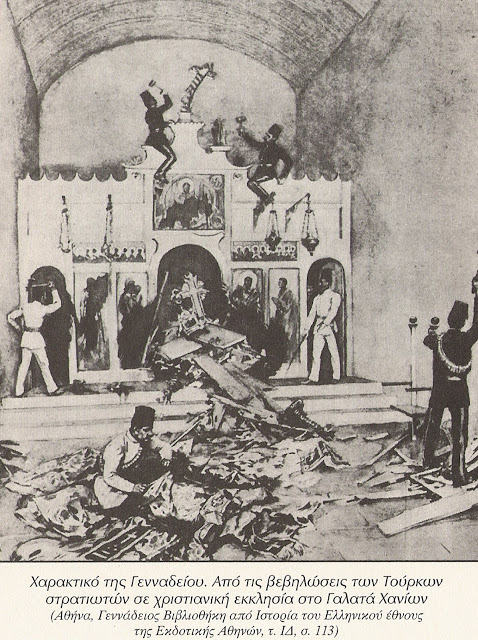
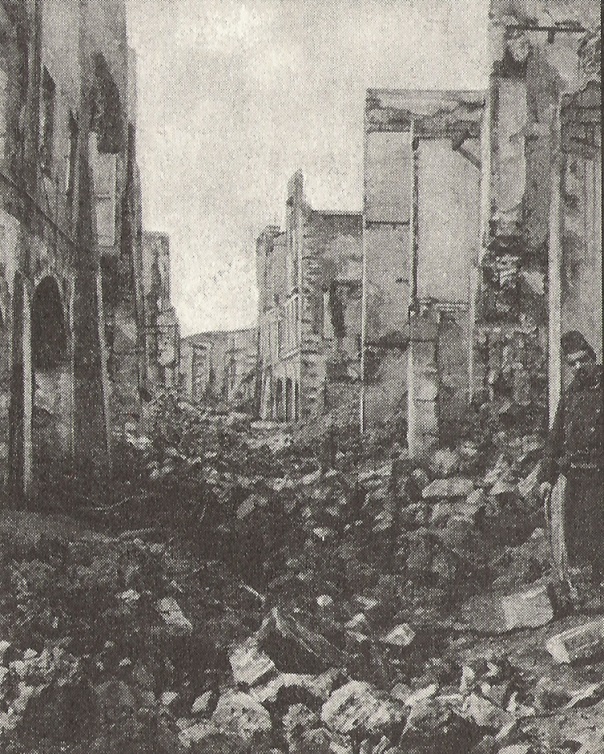
The new wave of Turkish violence pushed the usually mild temper of Venizelos to a boiling point. On January 23rd with the Christian neighborhood of Chania still burning, he decides to join a small group of about 100 rebels in the mountain of Malaxa. The group heads for Akrotiri, in order to have the high ground and a good view of the bay of Chania, sets camp in Korakies and is immediately joined by hundreds more who flock to assist the struggle for independence. The borderline outposts of the revolted reach Profitis Helias to the west and Marathi to the east.

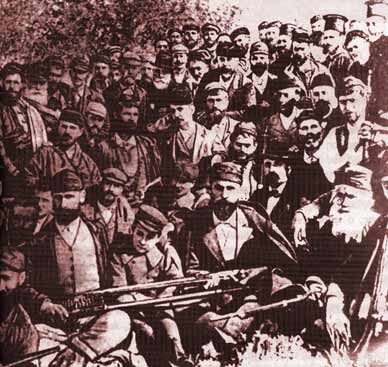
On January 25th a committee of the most educated among the rebels issues a resolution that declares the end of Turkish occupation and the union of the island with Greece and sends it to the consuls of the Great Powers (Great Britain, France, Austro-Hungary, Italy) and of course Greece itself and raises the Greek flag on Prophitis Helias. The Great Powers do not accept the request of the Cretan rebels but decide to end the matter of the Cretan Issue that had dragged on for nearly 80 years, with an international occupation of a new Cretan State. In the same time an expeditionary force of 1500 men from Greece lands in Kolymvari, 20 km west of Chania. They are warned however not to approach the city at a close range.

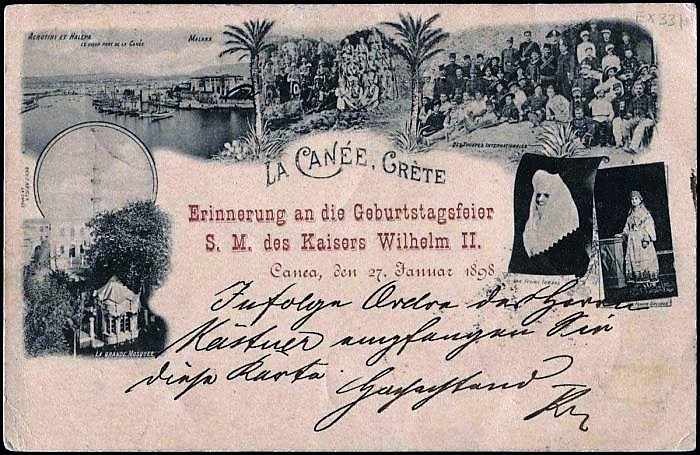
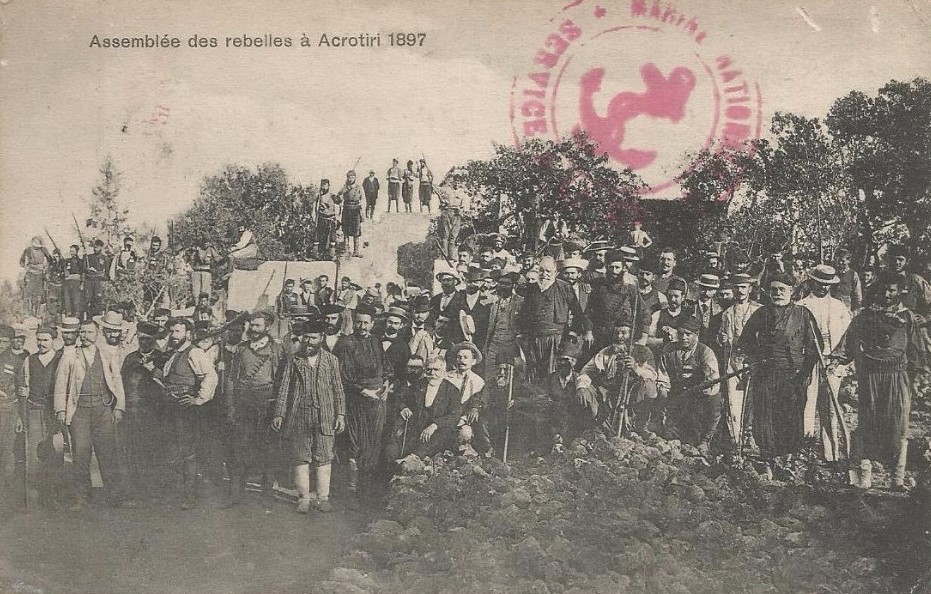
The attempt of the Turkish side to cause an incident to the detriment of the Greeks would pay off when the Cretans breached the neutral zone created by the Powers between the two sides. The anchored in the bay of Chania fleet of the Great Powers opened fire against the rebel camp and one of the most heroic scenes of the Cretan war of Independence would unfold. As the bombs pounded the rebels’ positions, the Greek flag was twice shot down by the shells. Twice, a young Cretan named Spiros Kayalès, raised it back right risking his own life. When a third shell blew the mast completely to pieces, the young rebel lifted it up again with his body as a flagpole. It is believed that the sight of the death defying Cretan holding the flag forced the Italian admiral Canevaro, leader of the Great Powers’ fleet to order a ceasefire. The camp of the rebels was shaken by cheers of joy. The Italian would write later in his memoirs that the heroic act was something that he would never forget. It was also something that caused world sensation and drew even more sympathy for the Cretan cause, especially in the major European capitals.

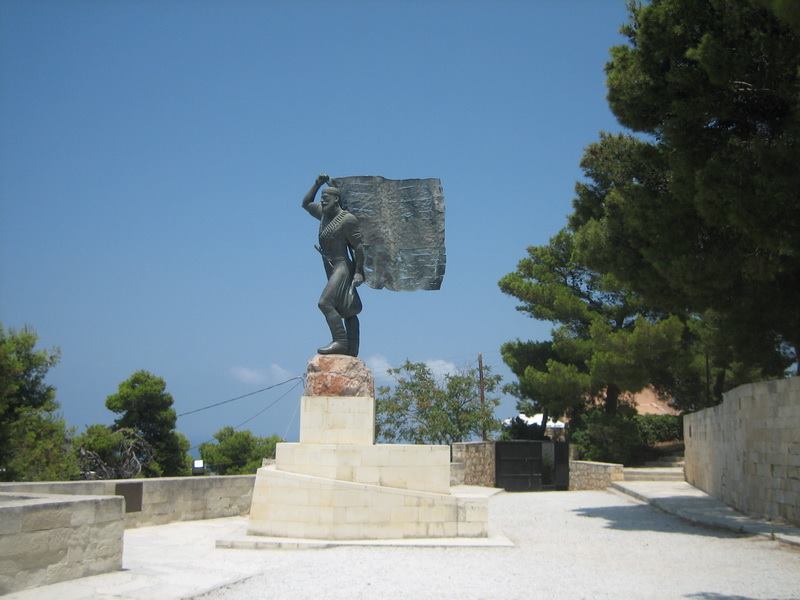
At the time of the bombardment Venizelos was on board of the Greek war ship “Hydra” that was also anchored inside the bay of Chania. He decided to write a letter of protest to the Admirals and the Governments of the Great Powers that would also create sensation in the European capitals that had started to face a wave of demonstrations by university students, intellectuals and politicians who expressed their support to the Cretan people and decried the stance of their governments.
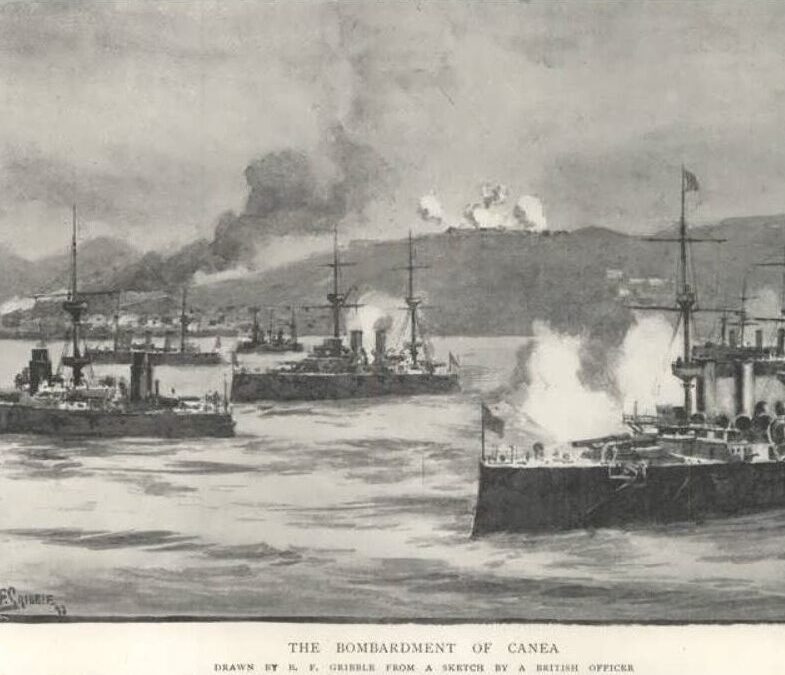
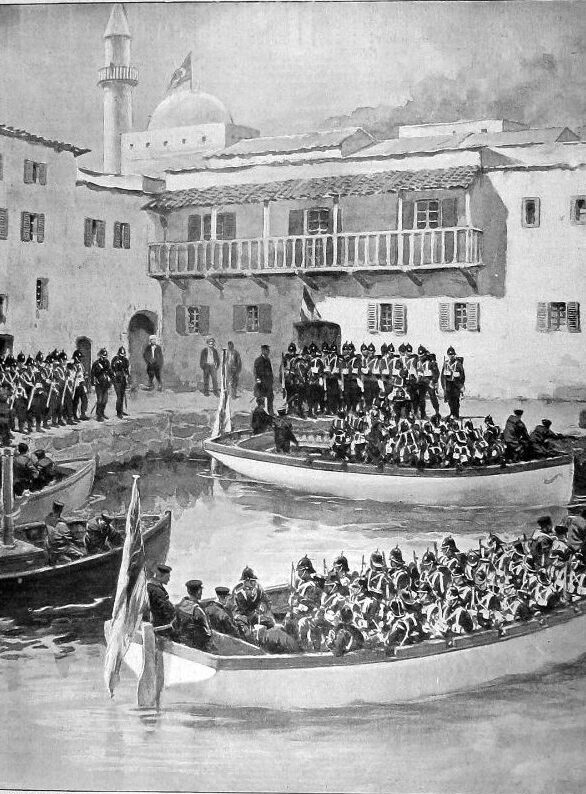
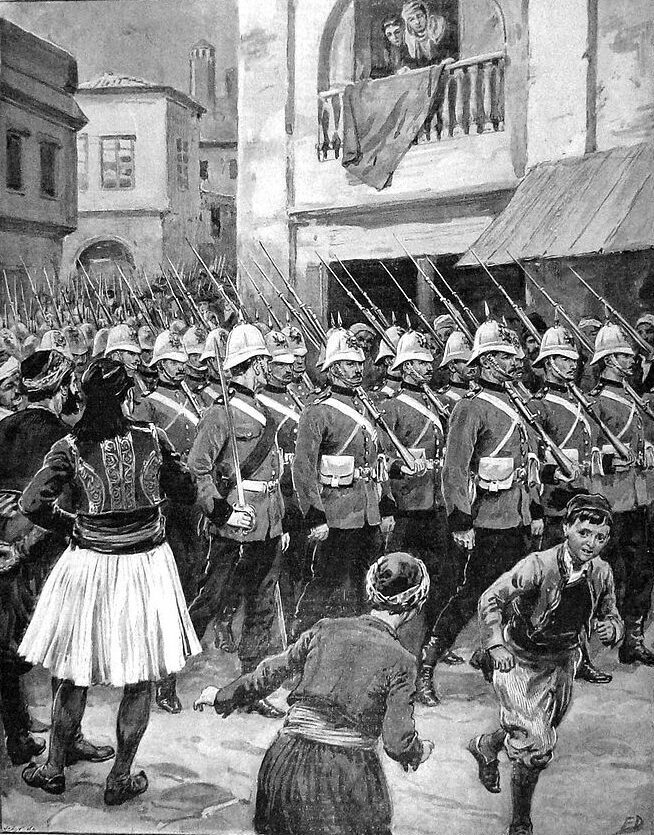
While the Greeks were entering into an open war with the Ottoman Empire over Crete in mainland Greece, Venizelos was evolving into a leading figure of the revolution, with the general assembly of Cretans electing him as the head of the three-member committee that would take over the negotiations. He would once again show his uncompromising stand against ochlocracy by going against the grain and proposing the Cretans should not end their struggle by accepting the proposed autonomy by the Great Powers without any other pre-conditions. However Greece was losing the war with Turkey and the exhausted by the constant warfare Cretans wanted to grab on the chance before the Ottomans turned all of their military might against them. Venizelos became the target of all of the anger and the frustration of his compatriots. Twice he escaped by nearly losing his life by the angry mob, which demanded and got his resignation.
